FENCE THEFT - Liwonde NP boundary fence vandalism trigger human-wildlife conflicts
Officials have warned that increasing cases of parameter fence vandalism have resulted in 26,000 meters of single wire being stolen, a situation that can trigger human-wildlife conflicts
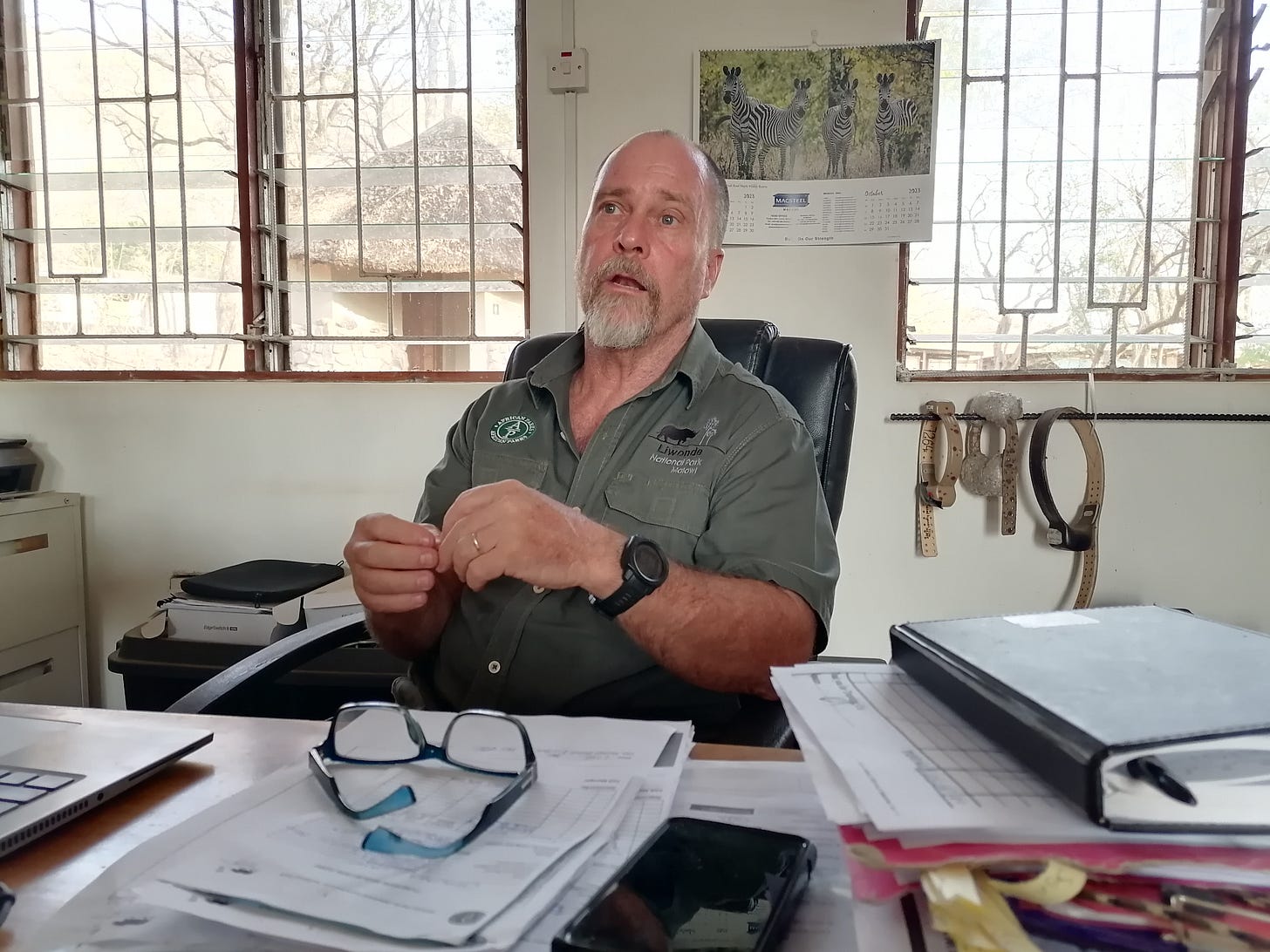
LIWONDE, Malawi (Planet Defence) - Liwonde National Park management revealed during a quarterly Joint Liaison Committee (JLC) last week that over 26,000 meters of single fence wire has been vandalised as at end of September this year raising fears of elephants breaks as the rain season approaches.
The JLC convenes on a quarterly basis and it is a platform where park management provide progress report and work plans that lie ahead to communities and other partners in the sector of natural resources management.
The platform is comprised of Traditional Authorities from all districts namely; Balaka, Machinga and Mangochi that share boundaries with the park, magistrates, heads of police formations, forestry, fisheries and environment departments.
“We also roped in the Upper Shire Association for the Conservation of Liwonde (USACOL). This is an umbrella body for village natural resources management committees plus other non-governmental organizations like Wildlife and Environmental Society of Malawi,” explained the Community Extension Manager, Elisa Mathias in an interview when he provided overview of the committee.
In his presentation during the JLC, David Robertson, African Parks Manager for Liwonde National Park lamented the unfortunate situation of fence vandalization. This is a project that has costed management huge sums of money to achieve.
Robertson explained that one priority area African Parks did when it took over management of Liwonde National Park from government in 2015 was to try to put a secure boundary fence around it.
According to Robertson, the area had a history of human-wildlife conflicts, specifically with Elephants. The fence that was here previously was really in a bad state of repair.
“The entire park wasn’t fenced, there were sections that were fenced and Elephants were getting through those openings. One big initial project was to fence the park and the whole idea was the protection of communities from Elephants break outs,” Robertstone explained in a separate interview.
However, during plenary session Neverson Msusa, District Fisheries Officer for Mangochi queried why the issue of fence vandalization keeps recurring at each and every JLC meeting.
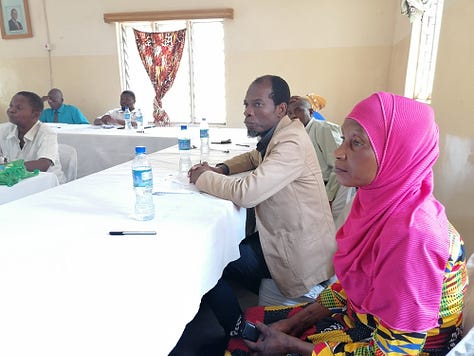
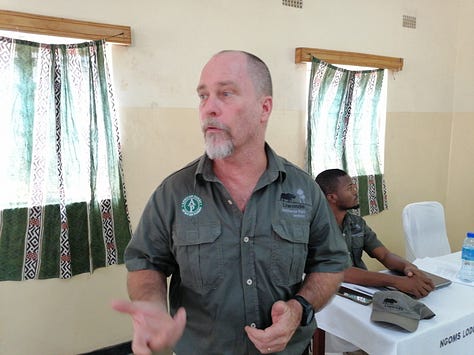
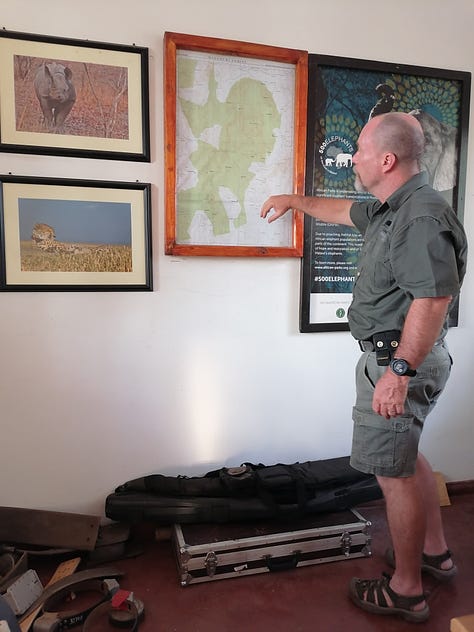
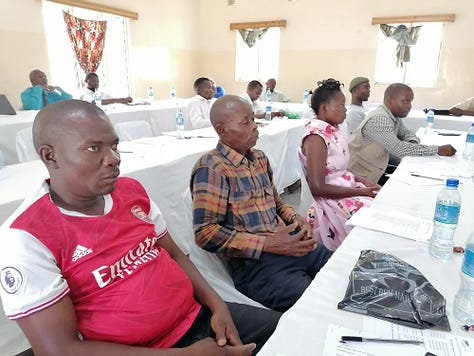
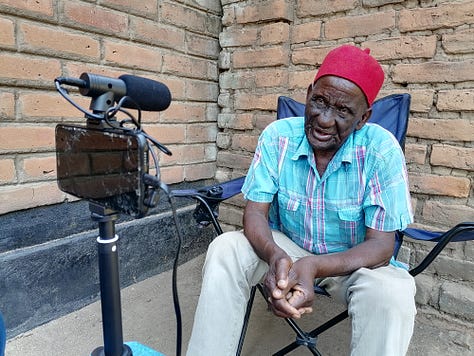

Msusa questioned what role chiefs were playing as they were the ones that went to lobby for the fence installation to prevent skyrocketing cases of human-wildlife in their areas.
“It is surprising to note that the fence was installed following requests from chiefs surrounding the park. Now instead of the local leadership being at the forefront to ensure policing structures safeguard the fence from vandalism to prevent elephants from destroying their crops. It appears they are leaving the entire role to secure the fence to African Parks,” Msusa observed that there was laxity on the part of local leadership and the community at large as part of shared responsibility to prevent human-wildlife conflicts.
In his observation narrated Robertson, that a lot of people look at the fence as meant to put people out. That is not actually the case. A good fence does stop Elephants from breaking out, that is the whole reason for the fence.
“May be African Parks is often perceived as a sort of foreign organization coming here to take over Malawi’s parks. We are managing the park in partnership with the Malawi government , for the people of Malawi. The park belongs to Malawians, all animals belong to Malawi and we are just trying to lend a helping hand,” Roberston explained after the JLC meeting in a separate interview.
On using the wire to set wire snares traps, Robertson warned that there was a danger that while poachers may target antelopes like impalas or kudus. There was a high probability and likelihood that precious species such as Elephants and Black Rhinoceros can also fall prey to the snares.
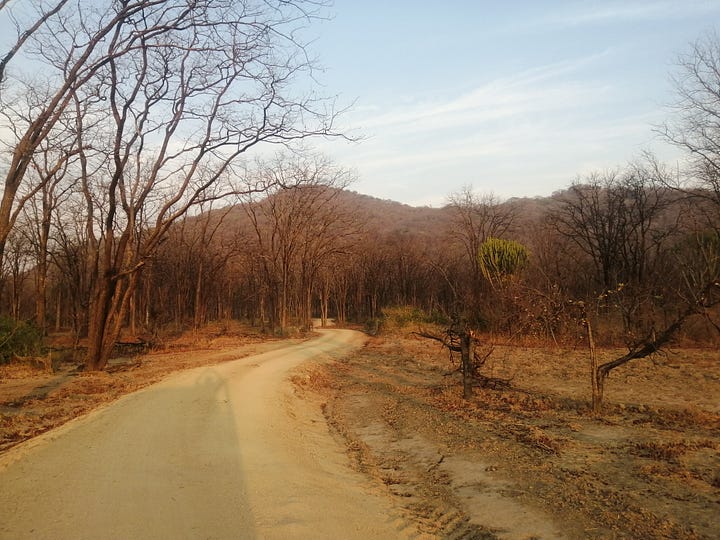
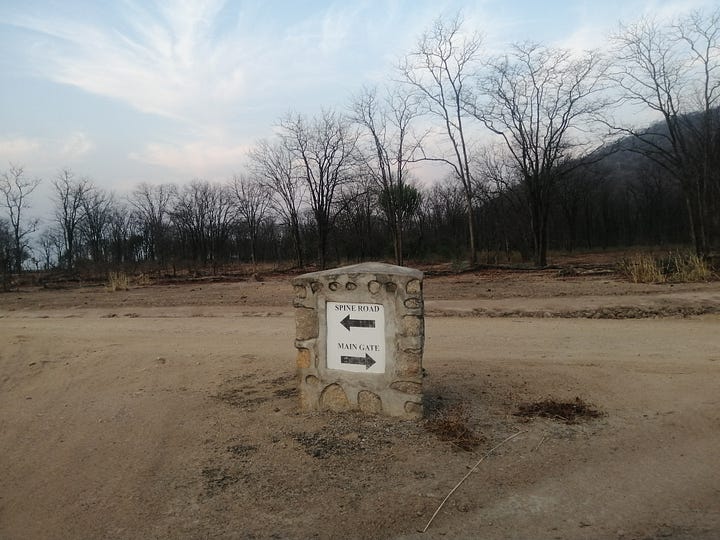
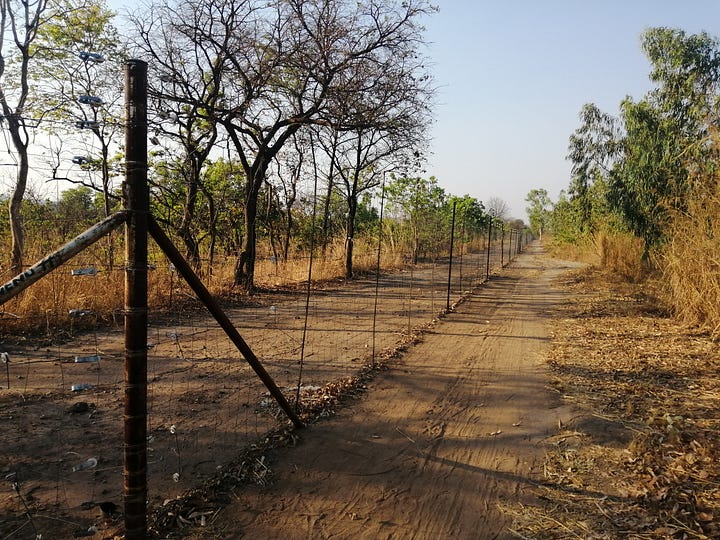
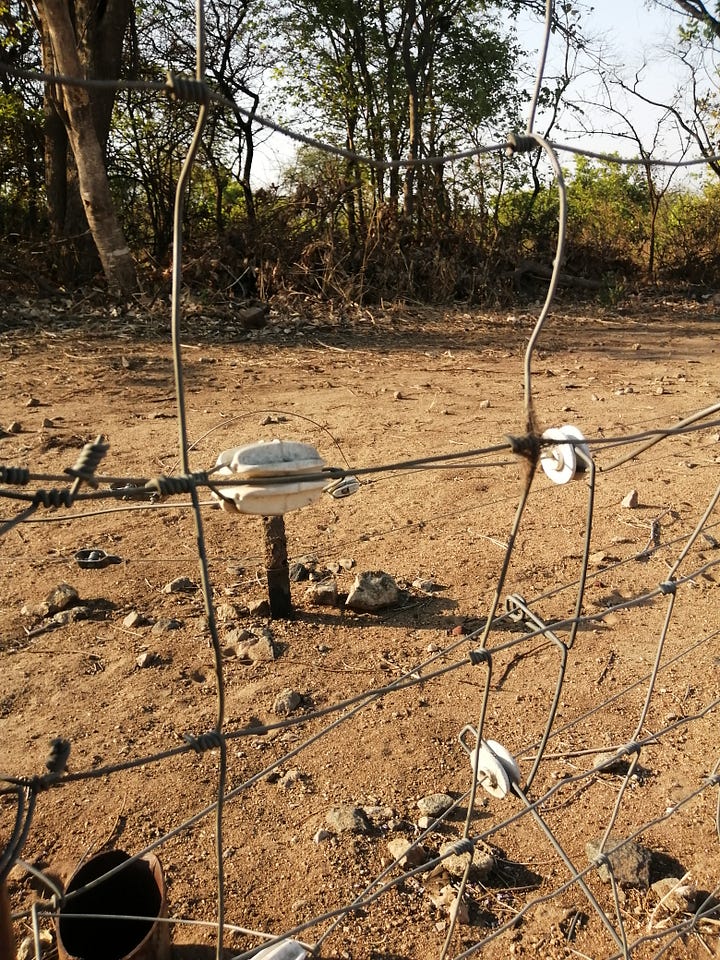
He added that this is why we focus heavily on engaging with communities around the park.
“If we just seem to be working in isolation, then we are doomed to fail. We can only do this with the people around the park and the greater community with government, civil society organizations, district councils and schools,” wrapped up Robertson.
Liwonde National Park which has a diverse range of prey and predator species has exceptional physical characteristics compared to other protected areas that lie on the common frontier with neighbouring countries. In terms of vegetation, it is dominated by mopane woodland and riverine vegetation a much sought preference for waterbucks.



